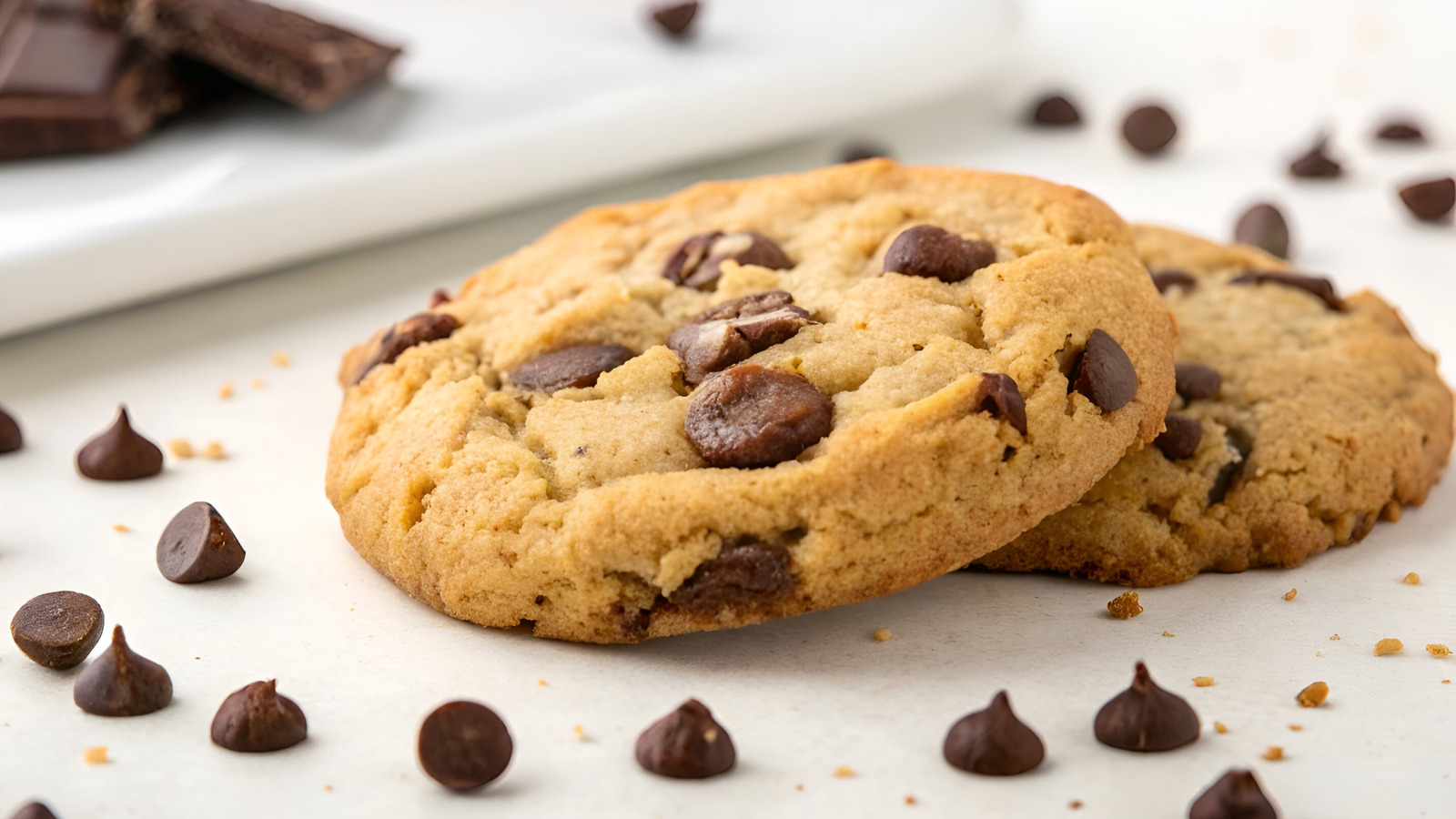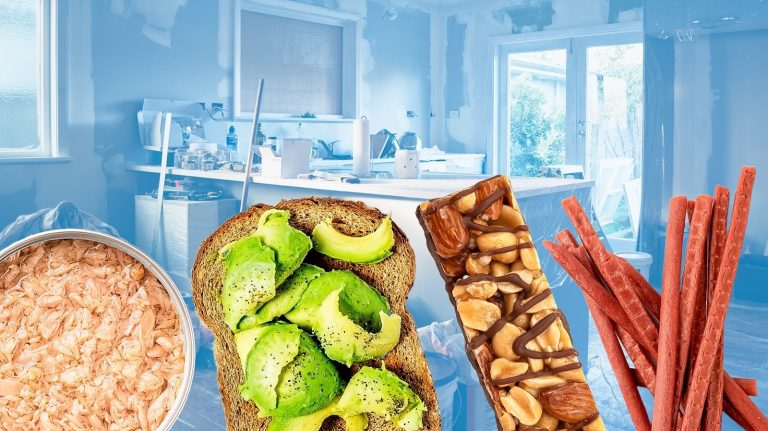We may receive a commission on purchases made from links.
Biting into a freshly baked chocolate chip cookie is a blissful experience. Partially because of the buttery-soft, melty texture, yes, but mostly it’s the mini bits of chocolate that add the special charm. Beyond the cookies, there are many creative ways to use up chocolate chips, and with that comes the different varieties, such as semi-sweet, milk, bitter, white, and others. One particular type, however, has been steadfastly growing in popularity: java chips. In essence, java chips are a coffee-flavored version of the classic chocolate chip, except they often come with a cocoa percentage so low they can’t be labeled as real chocolate.
The concept of coffee-flavored chocolate chips was initially popularized by Starbucks with its famous Java Chip Frappuccino, after which the java chips got their name, even though the coffee chain officially refers to them as Frappuccino Chips. The popular drink was ultimately discontinued, but the chips stuck around and can still be found in certain drinks on the menu, such as the Mocha Cookie Crumble Frappuccino.
In grocery stores and online, you’ll find java chips have many different names, depending on the brand that’s selling them. They may be called cappuccino chips, espresso chips, mocha chips, etc. All are primarily intended for baking, have an underlying flavor of coffee, and visually look just like your regular chocolate chips.
Java chips are not all created equal
Not only does the name of java chips vary between brands, so do the ingredients. There is no uniform recipe, but there are some common threads regarding the content of cocoa and coffee. Per the FDA, a product can only be labeled as chocolate if it contains 15% cocoa or more — many java chips don’t reach that standard and aren’t considered real chocolate. The chips can still be labeled as “chocolate-flavored,” but some brands bypass the word chocolate altogether; Starbucks’ Frappuccino Chips (that only have 9% cocoa) and Nestlé’s Real Coffee Espresso Baking Chips are good examples of that. This lower percentage allows a different flavor (coffee) to become dominant. There are some exceptions to the rule, though. Chocolate Espresso Baking Chips from Lily’s have a 40% cocoa content, yielding a richer, more chocolate-powered flavor than their other java chip counterparts.
Different brands also opt for varying coffee contents in their java chips. Believe it or not, Starbucks’ very own java chips actually contain zero coffee! The same goes for Lily’s coffee chips and cappuccino chips from Baker’s Choice. There’s no coffee in the ingredients, but they do contain either natural or artificial flavorings that give the chips that signature coffee aroma. This is contrasted by Nestlé’s espresso chips and Yupik Organic 55% Pure Dark Chocolate Mocha Chips, both of which are made with actual roasted coffee.
How to decide between java or chocolate chips in your baking adventures
In theory, you can use chocolate and java chips interchangeably. They both serve the purpose of elevating baked desserts and largely keep their shape when heated, making them perfect for topping cookies, muffins, brownies, etc. But since java chips have a pronounced coffee aroma, they’ll work better in desserts that aren’t meant to be too sweet, too chocolatey, or too simple.
For example, chocolate chips are a great choice for fluffy and moist chocolate chip muffins, giving the sugary, buttery muffins a little extra oomph of flavor. Death by chocolate muffins, on the other hand, would be great with java chips instead — the whole cupcake is already so chocolate-forward that the coffee-flavored chips will balance out the sweetness and bring some flavor complexity.
Java chips are also the perfect addition to desserts already based around coffee. Our boozy Irish coffee panna cotta can be topped with java chips for textural variety, or mix them into the batter of frosted tiramisu sugar cookies for a fun spin on the classic chocolate chip cookie. The purely chocolate version of the chips, however, is usually better suited for desserts that aren’t initially chocolate-based but benefit from the extra flavor — for example, sprinkling them onto homemade vanilla dulce de leche ice cream, putting them into morning pancakes, or using them to spice up buttery croissants.







